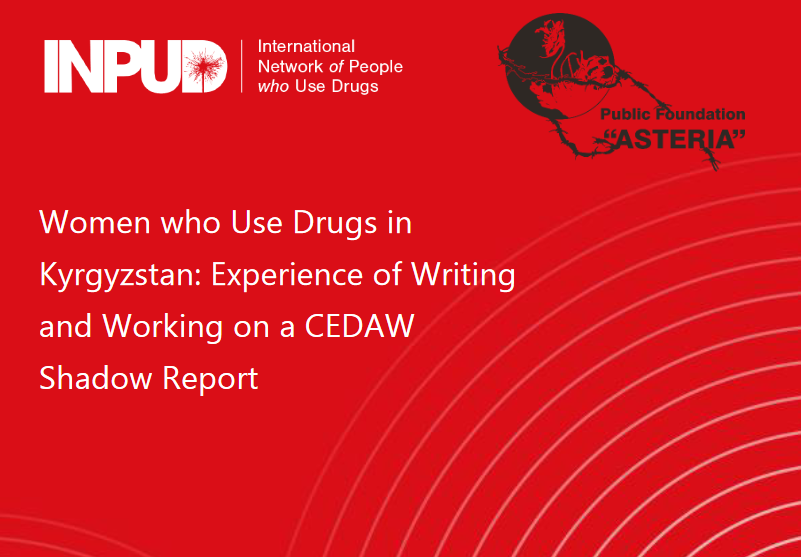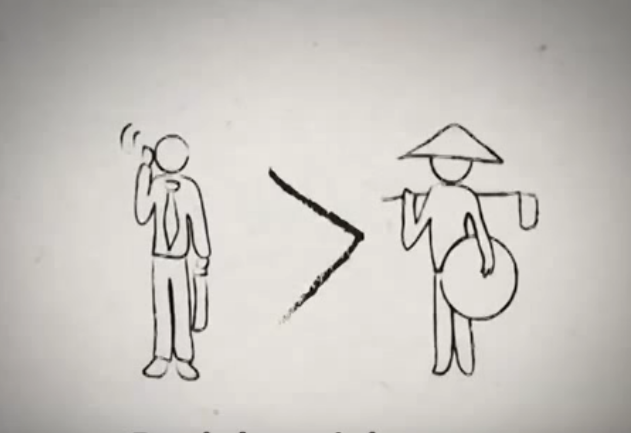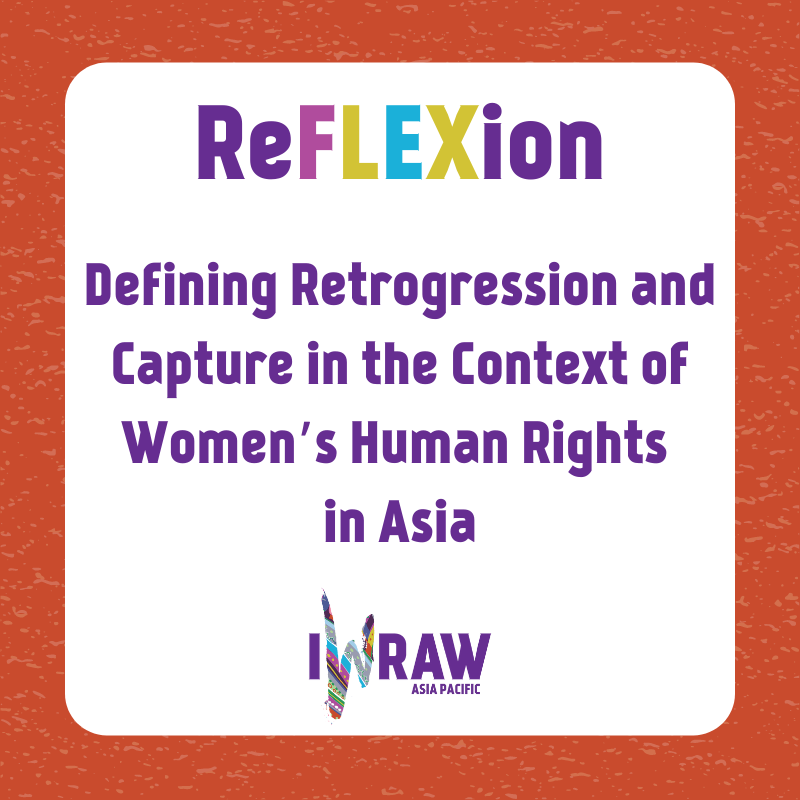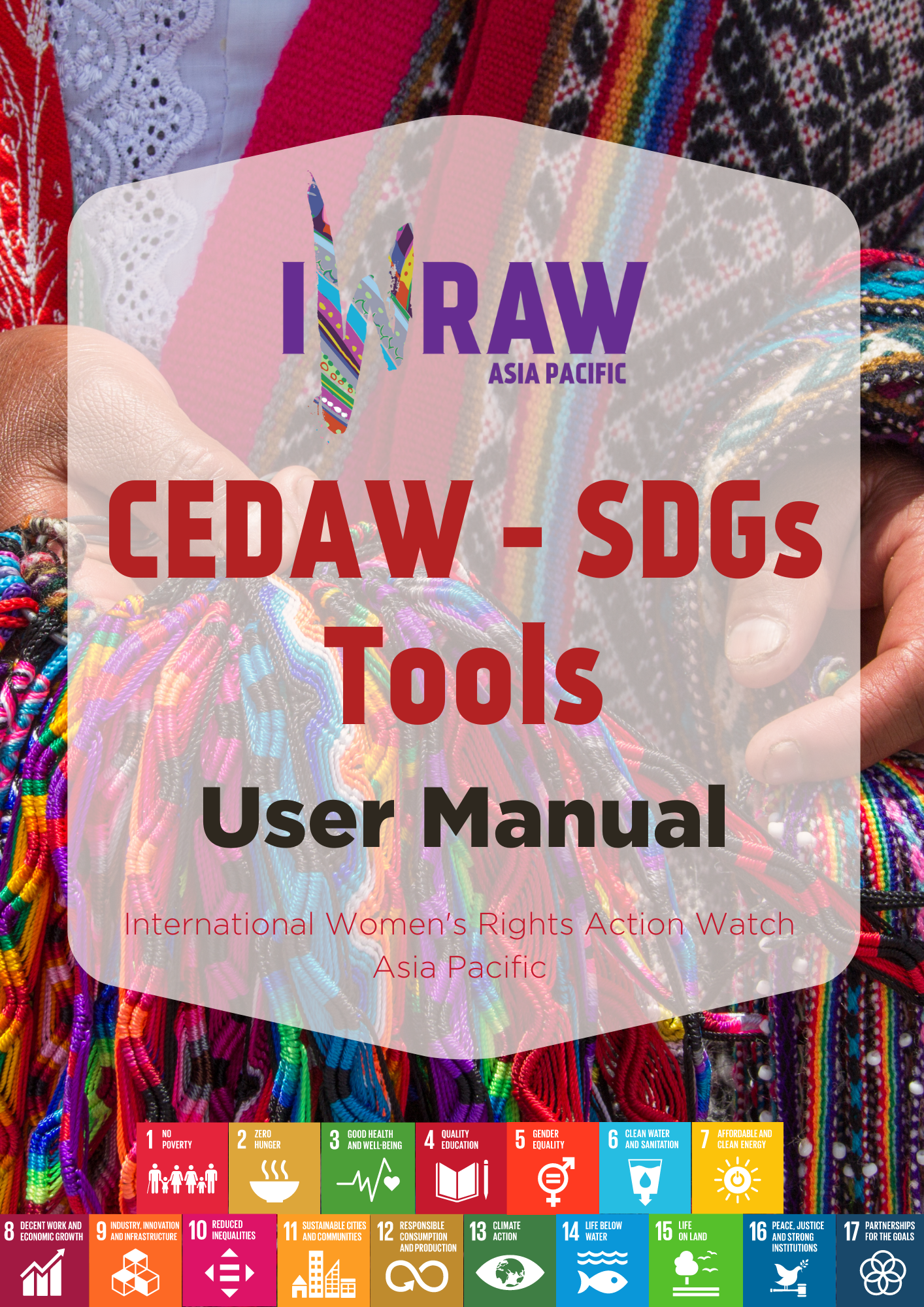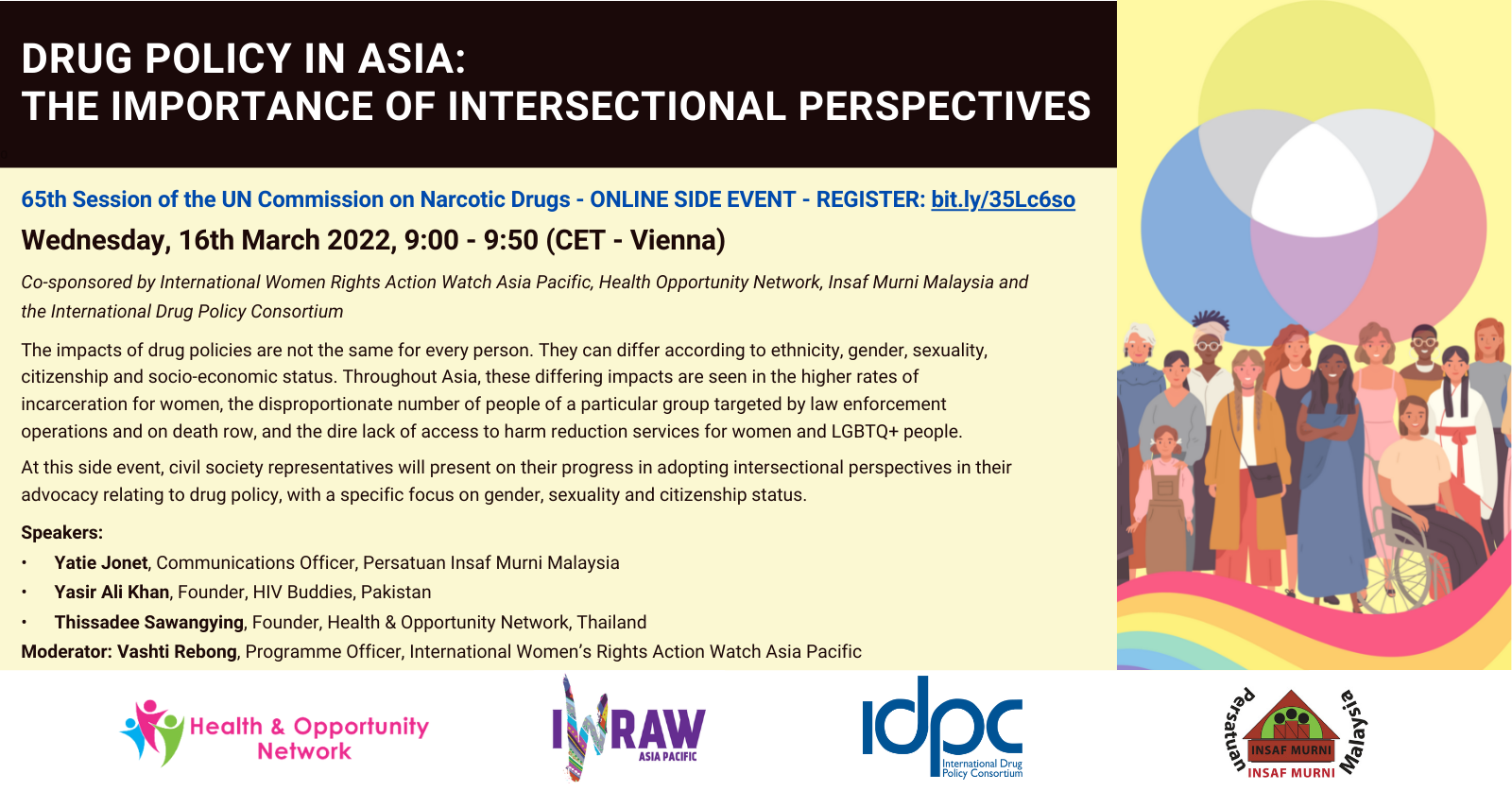Women who Use Drugs in Kyrgyzstan: Experience of Writing and Working on a CEDAW Shadow Report
June 2022
This resource by Asteria, with support from the International Network of People who Use Drugs (INPUD), describes the experience of engaging with Kyrgyzstan’s CEDAW review in 2021. It provides a case study to assist other organisations who are considering engaging with CEDAW or other human rights mechanisms. Thirteen pages, PDF.
Read MoreCEDAW’a Kısa Bakış: Sonuçlarda Eşitlik İlkesi
2022
A short animation with voiceover in Turkish, explaining CEDAW’s principle of substantive equality. Adapted by UN Women Türkiye from IWRAW Asia Pacific’s original in English. Duration: 3:38 Subtitles: Turkish (autogenerated) Bahasa Indonesia | English | español | ខ្មែរ។ | русский | Tetun | ภาษาไทย
Read MoreFeminist Learning Exchange: Defining Retrogression and Capture in the Context of Women’s Human Rights in Asia (FLEX)
April 2022
The Feminist Learning Exchange: Defining Retrogression and Capture in the Context of Women’s Human Rights in Asia (FLEX) aims to consolidate feminist knowledge and analyse the social, political, economic and legal context of women and marginalised groups organising to claim their rights; and to understand how women’s rights groups advocate for the rights of marginalised […]
Read MoreCEDAW-SDGs Tools User Manual
March 2022
In September 2015, the United Nations General Assembly adopted the 2030 Agenda for Sustainable Development which resolves to take action for people, planet, prosperity, peace and partnership through a commitment to 17 Sustainable Development Goals (SDGs). Despite their lofty intentions, Agenda 2030 and the SDGs have been criticised for failing to center existing international commitments, […]
Read MoreDrug policy in Asia: the importance of intersectional perspectives
March 2022
The impacts of drug policies are not the same for every person. They can differ according to ethnicity, gender, sexuality, citizenship and socioeconomic status. Throughout Asia, these differing impacts are seen in the higher rates of incarceration for women, the disproportionate number of people of a particular group targeted by law enforcement operations and on […]
Read More

